Schneider Electric Sensors
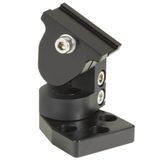
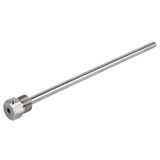


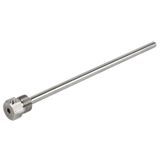
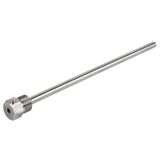


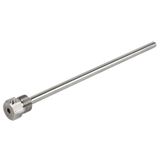
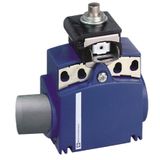
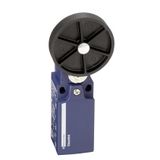
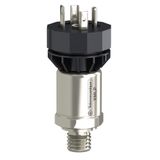
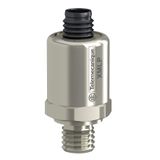
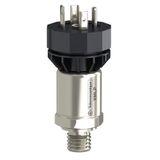
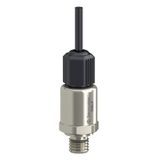
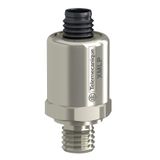

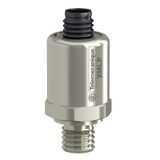

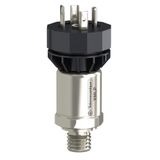
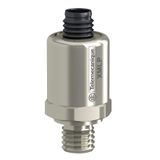
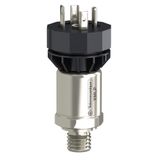
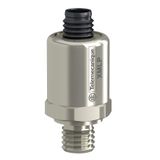

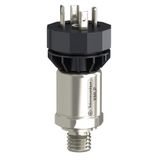
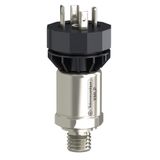
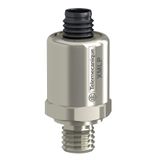

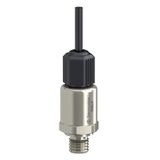
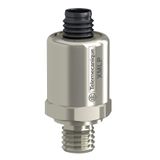

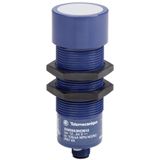

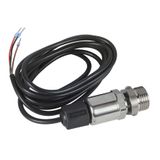
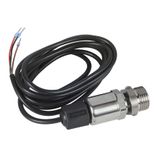
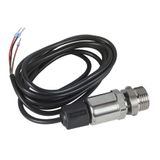

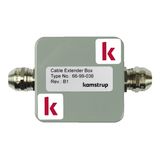

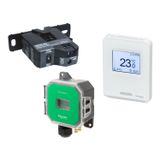
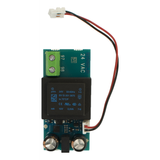

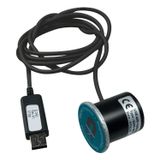


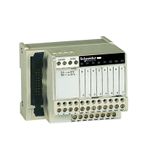
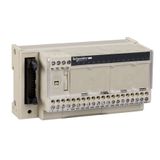

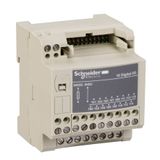
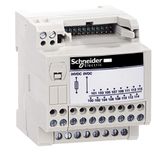
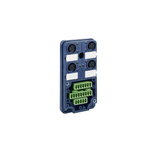
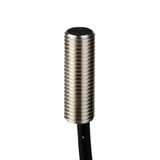
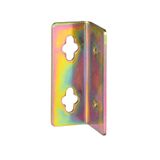

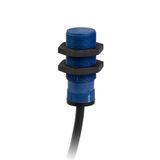
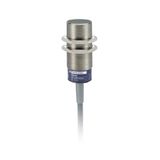
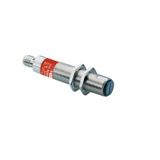

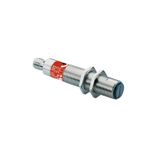
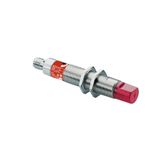
Schneider Sensors for industrial detection
Engineers specify this portfolio when machine states must be captured repeatably and diagnostics pushed upstream without fragile add-ons. The range spans discrete, analog, and IO-Link devices in M8/M12 cordset and terminal versions, with housings for flush/non-flush mounting, short and long barrels, compact blocks, and hygienic stainless bodies. Typical supply is 10…30 V DC for 3-wire PNP/NPN and 2-wire AC/DC types; outputs include NO/NC, push-pull, analog 0–10 V or 4–20 mA, and IO-Link Class A. Protective ratings hit IP67 as standard, with IP69K on sealed stainless variants for CIP. Operating windows commonly cover −25…+70 °C, extended on selected families.
Product range and series overview
- Inductive sensing for metal targets from 1.5…40 mm, with extended-range and factor-1 options to remove material-dependent derating. Shielded models deliver tight fields for crowded fixtures; unshielded types reach deeper into tooling.
- Capacitive sensing for plastics, powders, and liquids, adjustable via potentiometer or teach button; useful for hopper level and bag presence.
- Photoelectric in through-beam, retro-reflective, and diffuse modes; polarized variants ignore shiny backgrounds; background suppression stabilizes detection across color changes.
- Encoders and motion—incremental/absolute with solid or hollow shafts, HTL/TTL outputs, and IO-Link parameter sets for commissioning.
- Temperature and process—PT100/1000 input heads, analog transmitters, and compact probes with M12 leads for skids and manifolds where cable glands are tight.
Common thread sizes are M8/M12/M18; quick-change brackets keep replacement under two minutes on most fixtures.
Technical specifications and standards
Conformity aligns with IEC/EN 60947-5-2 for proximity devices, IEC/EN 60947-5-1 for control-circuit elements, IEC 60529 for ingress, and IEC 60068 for shock/vibration. Repeatability is typically ≤ 5 % of Sr; hysteresis 1…15 % by family. Switching frequency reaches tens of kHz on inductive types; photoelectric response sits in the sub-millisecond range. Short-circuit, reverse-polarity, and overload protections are integrated; some IO-Link variants expose internal temperature and event codes for predictive maintenance. Connector formats are A-coded M8/M12, 3-pin or 4/5-pin as required by output function.
Schneider Proximity Sensors in machine cells
Tooling and handling modules use inductive heads to confirm part presence, clamp position, and cylinder end-strokes; capacitive devices watch pellet feeders and bag fill. Photoelectric beams supervise in-feed screws and carton flaps, with polarized retro-reflective optics to ignore chrome and film. On packaging doors, compact blocks fit inside slim frames without snagging operators’ sleeves. For high-wash areas, stainless barrels with IP69K seals survive foam and rinse cycles without fogging lenses or drifting switch points.
Applications and compatibility
Conveyors, pick-and-place units, and gantries benefit from unified pinouts and accessories. M12 pigtail versions simplify drag-chain routing; right-angle connectors clear tight guards. Encoders pair with drives for speed feedback; analog heads report stroke or level to PLC analog cards or IO-Link masters. When thermal events matter—bearings, ovens, CIP loops—project teams deploy schneider temperature sensors to stream real values into interlocks instead of relying on thermostats alone.
System architecture and panel coordination
A practical layout separates safety, low-level analog, and high-dv/dt motor wiring from the gland plate onward. Use shielded cable on long proximity runs; bond at the cabinet entry to avoid pigtail inductance. IO-Link concentrates parameterization and diagnostics through standard 3-wire links, cutting unique I/O card counts. For service, keep uniform M12 pin maps across stations and document sensor teach values in the HMI so crews can re-establish switching thresholds after tooling changes.
Integration with other brand products
The devices land directly on Schneider safety relays, Modicon distributed I/O, TeSys motor starters, and Altivar drives. OSSD-capable light curtains and coded interlocks can share the same mounting kits and cordsets, reducing variant sprawl. With Harmony beacons and pushbuttons, technicians receive clear status at the cabinet door while PLCs collect detailed IO-Link diagnostics for maintenance planning. In brownfield panels, adapters and bracket sets match legacy hole patterns to keep retrofit drilling to a minimum.
Selection criteria for B2B engineers
Define the target and surface first—metal vs non-metal, glossy vs diffuse—then pick physics (inductive, capacitive, photoelectric).
- Environment: IP69K stainless where detergents or steam exist; high-temp barrels near ovens; extended-range where mechanical tolerance stack-ups are large.
- Interface: PNP/NPN, 2-wire AC/DC, analog, or IO-Link depending on PLC cards and diagnostic depth.
- Geometry: confirm flush/non-flush rules, thread size, and available slot travel on the bracket; respect bend radius in drag chains.
- Noise and EMC: prefer shielded cables near VFDs; keep returns short; use background suppression in reflective tooling.
Where fleet commonality matters, that’s where schneider automation sensors keep spares lean—one pinout, one wrench size, one bracket family.
Advantages of working with Bankoflamps
Bankoflamps aligns pricing to your BOM and exposes real-time EU stock before you lock the schedule. Quote responses land fast—about an hour in typical cases—so build slots don’t slip. Orders by EAN/MPN keep variants straight; your portal shows lead times, shipment status, and downloadable price lists. Approved partners can use post-payment terms up to 30 days. We consolidate partials to reduce freight and maintain price-validity windows so phased rollouts stay predictable. Your account manager cross-checks sensors, brackets, cordsets, and IO-Link masters against your drawings so cartons arrive complete and rail-ready.